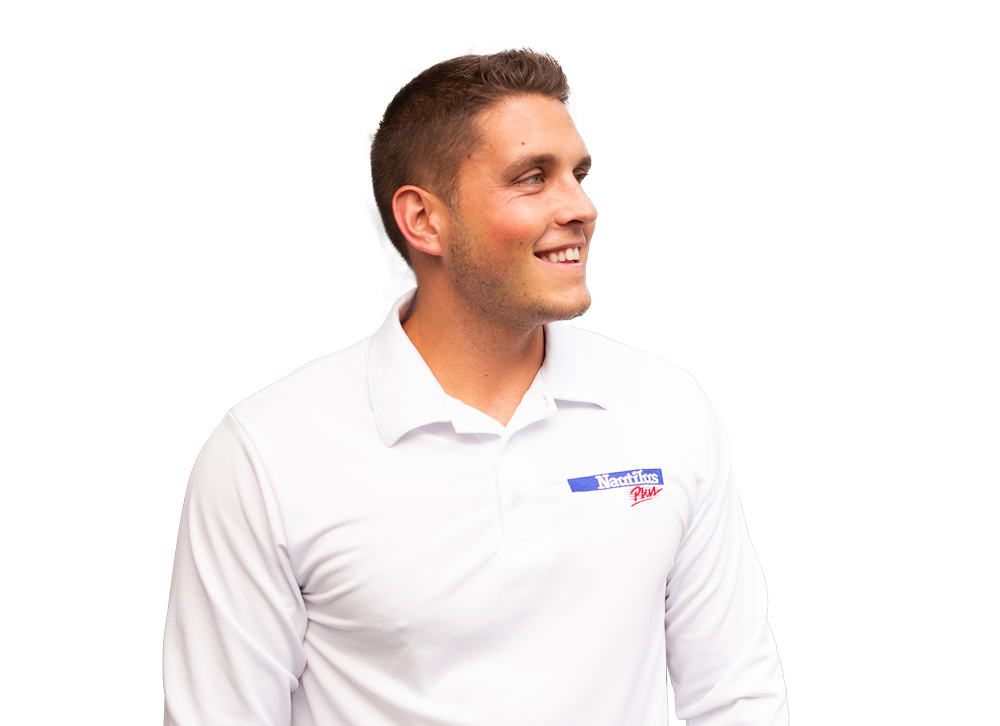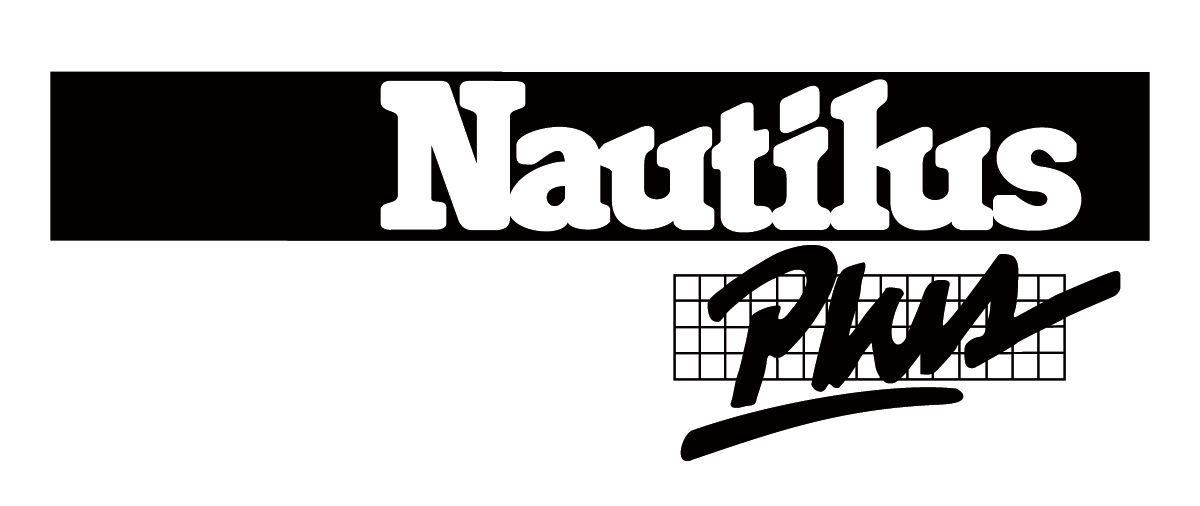
Split workout: the gym rats’ secret to fast progress at the gym?
October 1, 2025 - By Vanessa Bouchard
![]() 4 minutes
4 minutes
This training method consists of dividing the workout across several days, each session focusing on specific muscle groups. For example, Monday could be dedicated to legs and Tuesday to the upper body, before repeating these sessions on Thursday and Friday. But is split workout really for everyone?
3 good reasons to try split workouts
1. More Volume per Muscle Group
For the same workout duration, more exercises and sets can be completed per muscle group compared to a full-body session. This also allows you to emphasize smaller muscles or work on one limb in greater detail.
2. Better for Strength Gains
If the goal is to build muscular strength, training “fresh” and rested muscle groups promotes optimal progression on key lifts. For example, someone who wants to increase their loads on the squat, bench press, and deadlift will be limited if they perform all three heavy lifts in the same session, since their nervous system will already be taxed—reducing performance on the second and third exercises.
3. Variety and Motivation
Since not everyone enjoys repeating the same sessions repeatedly, a split routine adds variety to your training and helps keep motivation high.
Better for hypertrophy? Not necessarily…
One might assume that the more volume you do per muscle group, the greater the hypertrophy gains will be. But that’s not necessarily true. What really matters for hypertrophy is the total training volume—that is, the number of sets multiplied by the number of exercises over the course of the entire week.
Let’s go back to legs. In a full-body workout performed three times a week, with 3 sets of 3 leg exercises per session, you end up with a total of 27 weekly sets.
In a split workout program spread over two days, legs are trained twice a week. This allows for 3 sets of 5 exercises, which adds up to about 30 weekly sets.
On the other hand, in a split workout where legs are trained only once a week, you would need to plan for 20 to 30 sets to reach an equivalent volume to that of full-body training or a two-day split. That’s a considerable amount, and very demanding—especially if the intensity remains constant throughout the session.
It’s also important to remember that other factors play a key role in hypertrophy: the number of repetitions, the percentage of 1RM, rest periods, nutrition, among others.
The limitations of a split routine
To make progress with a split routine, the training volume needs to be high enough to justify the longer rest periods. However, it also requires a certain level of training experience, since muscles and tendons must already be conditioned to handle that workload.
This is why, for beginners, a full-body routine is generally preferred. In fact, it may take quite some time before moving on to sessions focused on just one or two muscle groups—and it’s worth noting that this step isn’t necessary.
It’s also important to highlight that a full-body workout often proves more effective when the goal is fat loss.
Full body or split workout? The best option depends on you
Ultimately, there is no single answer in the full body vs. split training debate. As with many aspects of training, it’s not black and white. What works for some may not be optimal for others.
The most important thing is to tailor your routine to your needs, goals, and experience. There’s nothing better than consulting a kinesiologist, a training professional who can build a customized program for you!
References
- Marcelo A S Carneiro, Paulo Ricardo P Nunes, Markus V C Souza, Cláudio O Assumpção , Fábio L Orsatti . (2024) Full-body resistance training promotes greater fat mass loss than a split-body routine in well-trained males: A randomized trial. European Journal of sport science, 6 (846-854)
- Domingo J Ramos-Campo , Pedro J Benito-Peinado , Luis Andreu-Caravaca , Miguel A Rojo-Tirado, Jacobo Á Rubio-Arias. (2024) Efficacy of Split Versus Full-Body Resistance Training on Strength and Muscle Growth: A Systematic Review With Meta-Analysis. Journal of Strength and Conditioning Research, (7) 1130-1340
Split workout: the gym rats’ secret to fast progress at the gym? is a post from Nautilus Plus. The Nautilus Plus blog aims to help people in their journey to fitness through articles on training, nutrition, motivation, exercise and healthy recipes.
Copyright © Nautilus Plus 2025

A session with a personal trainer will help you to progress!

Let's determine your fitness goals together and get some expert advice!
Make an appointment with a personal trainer
